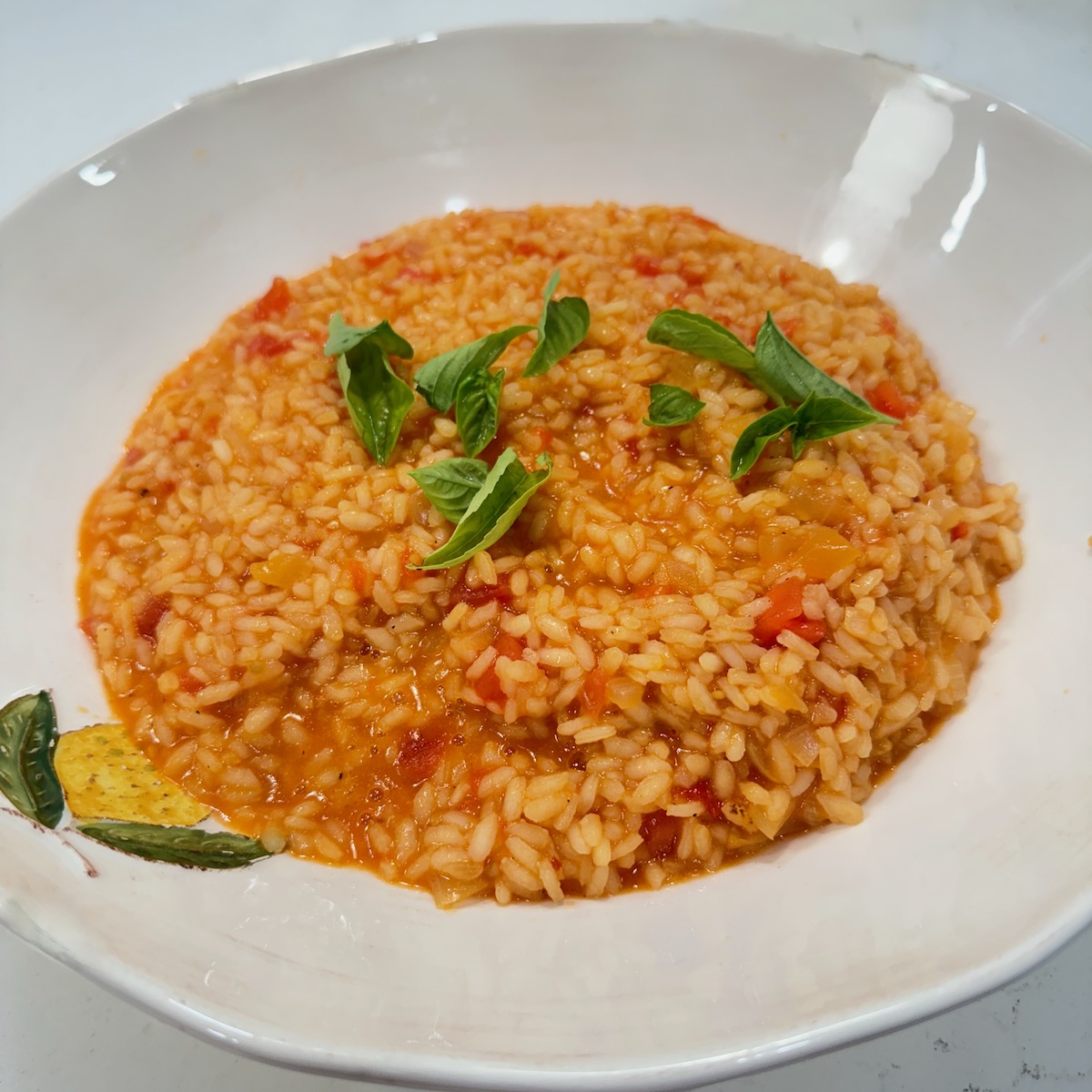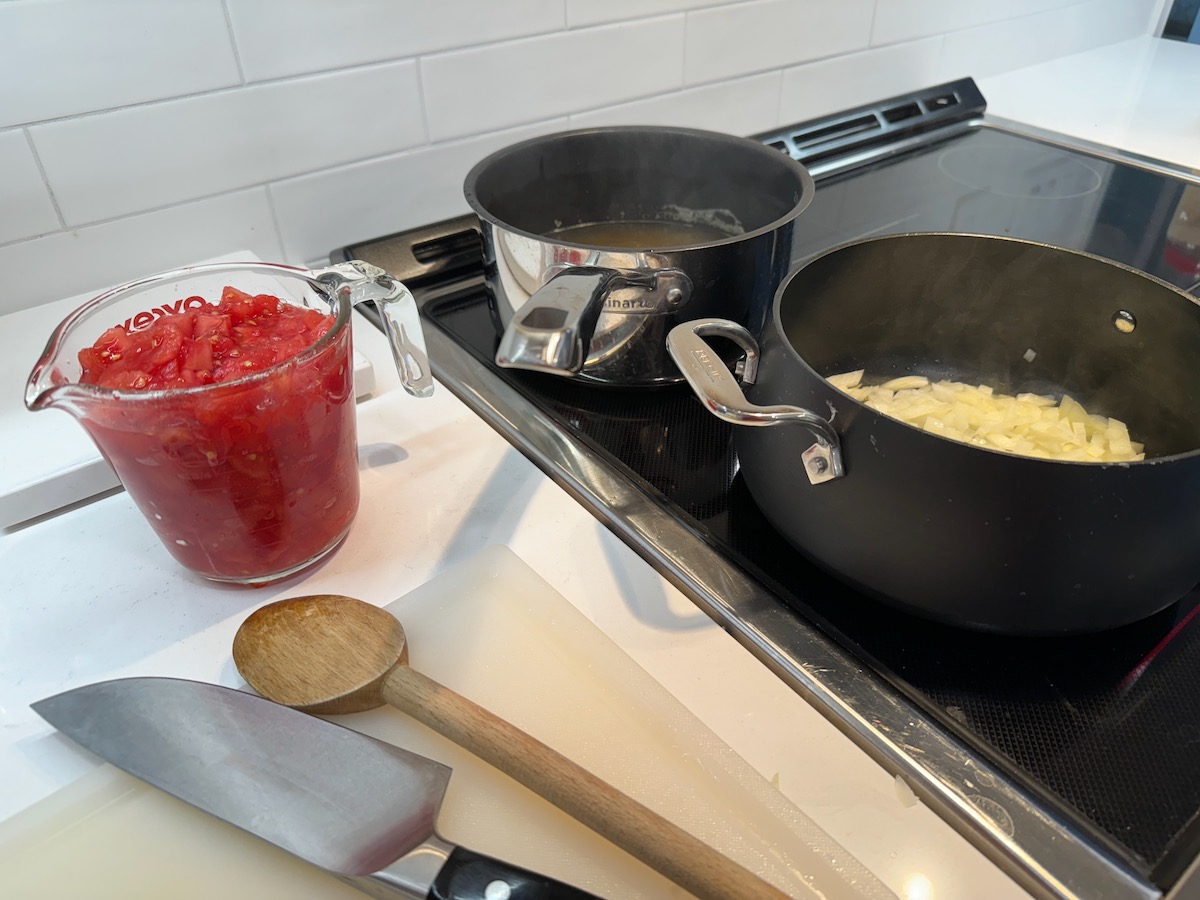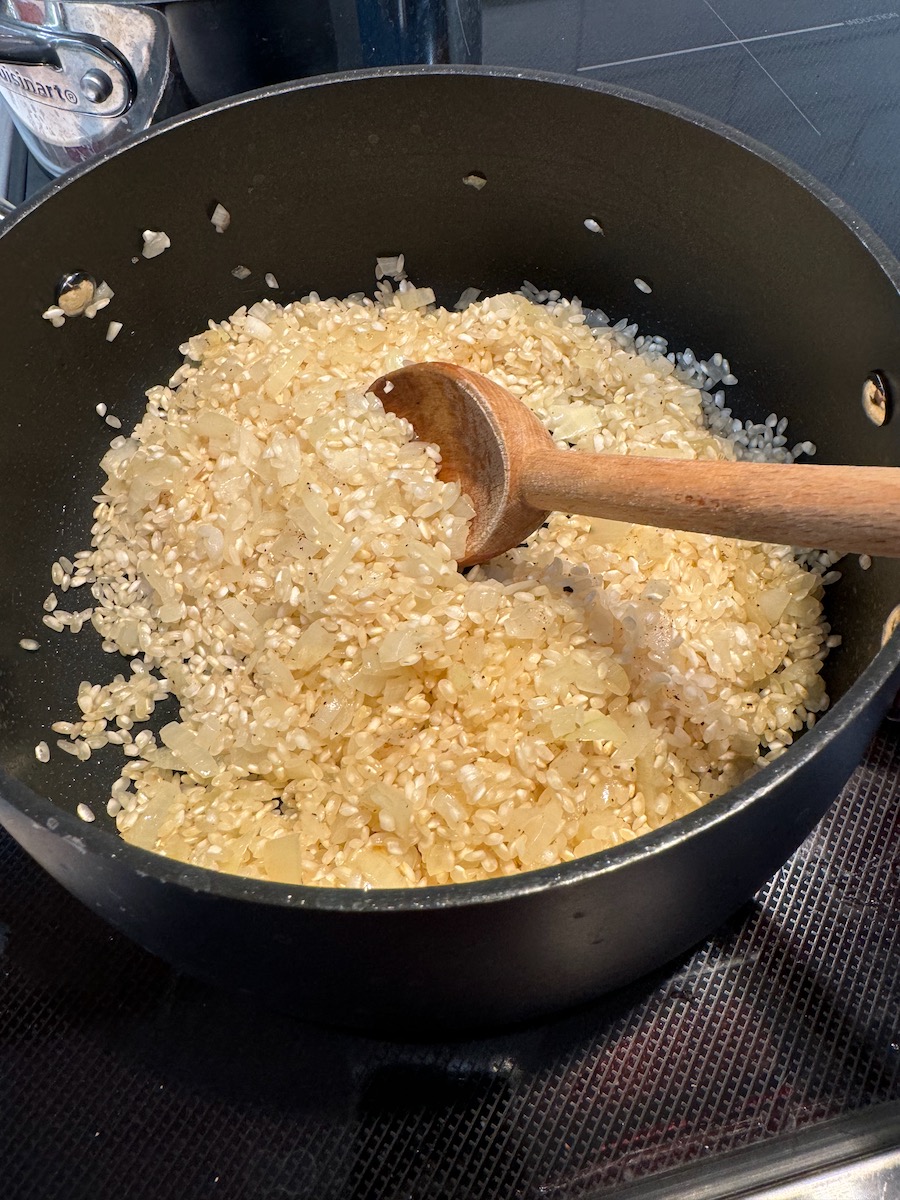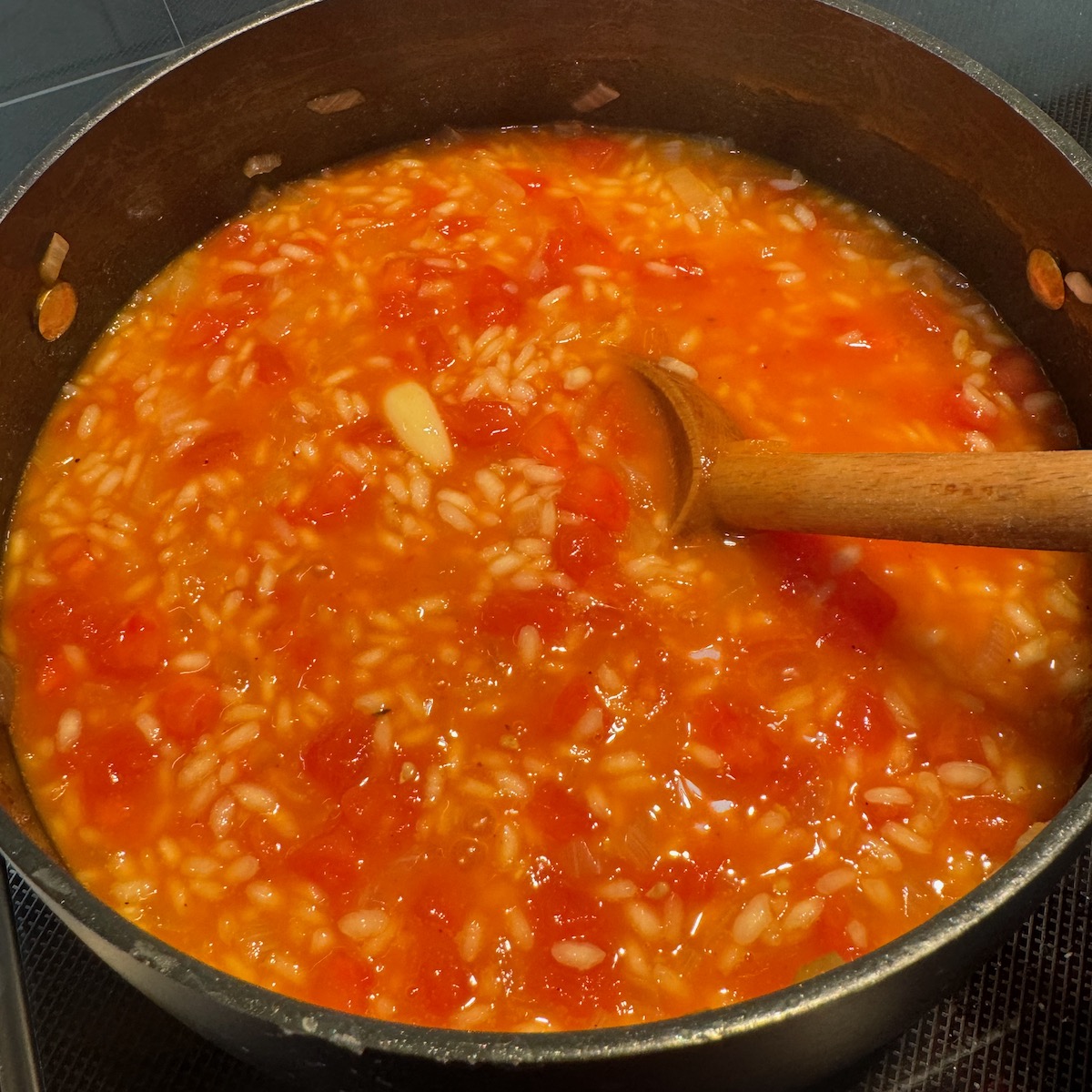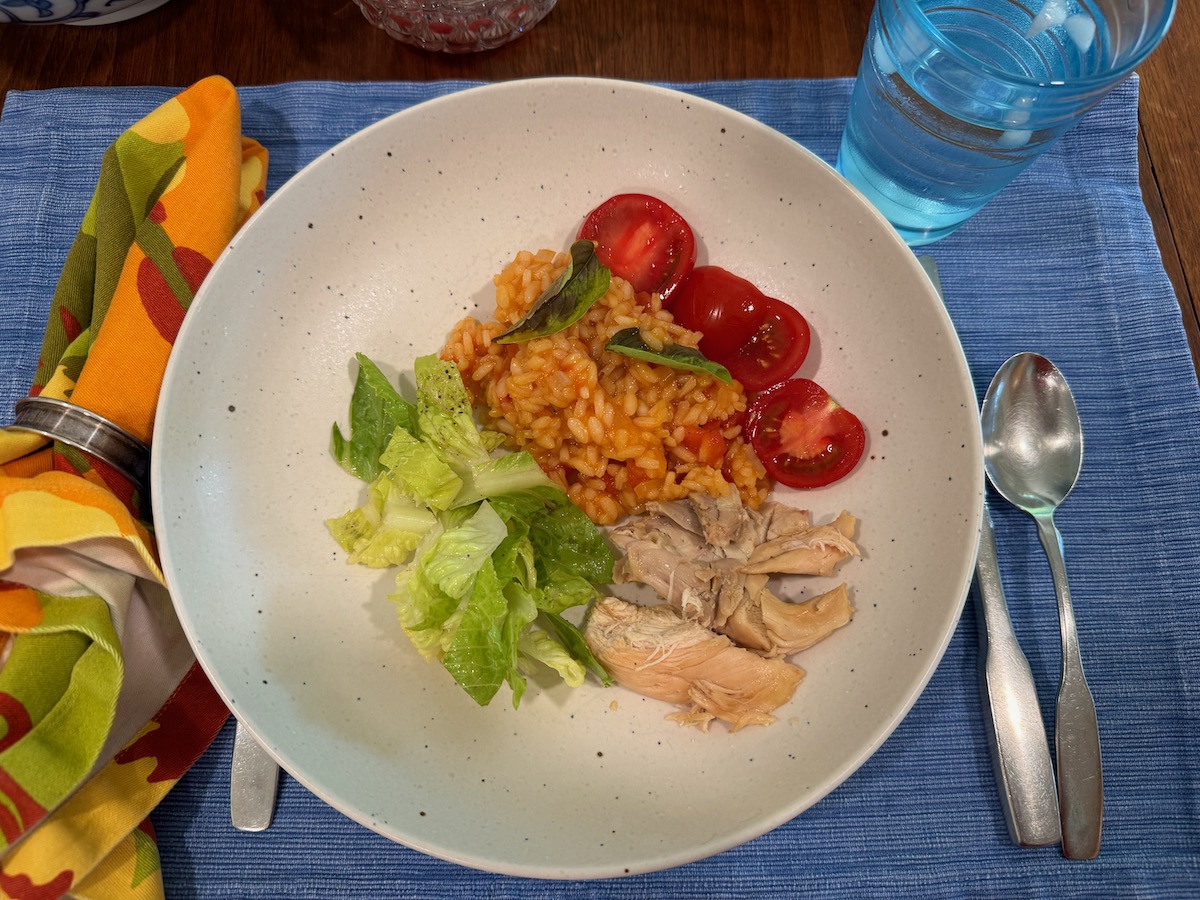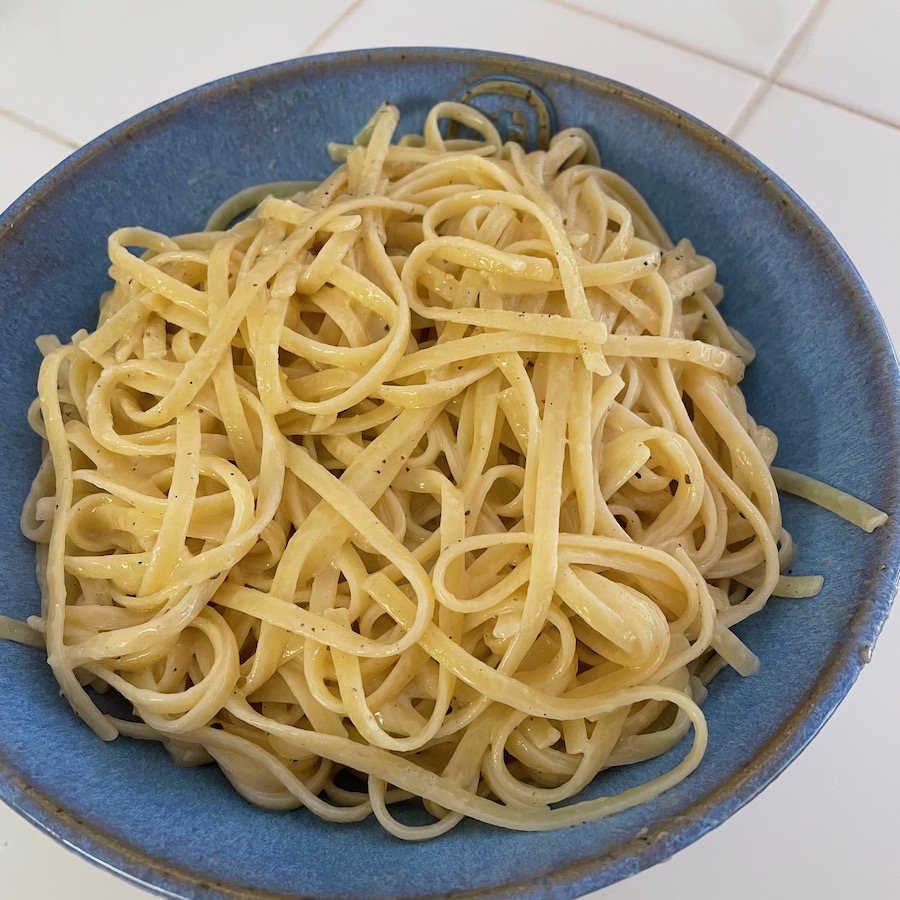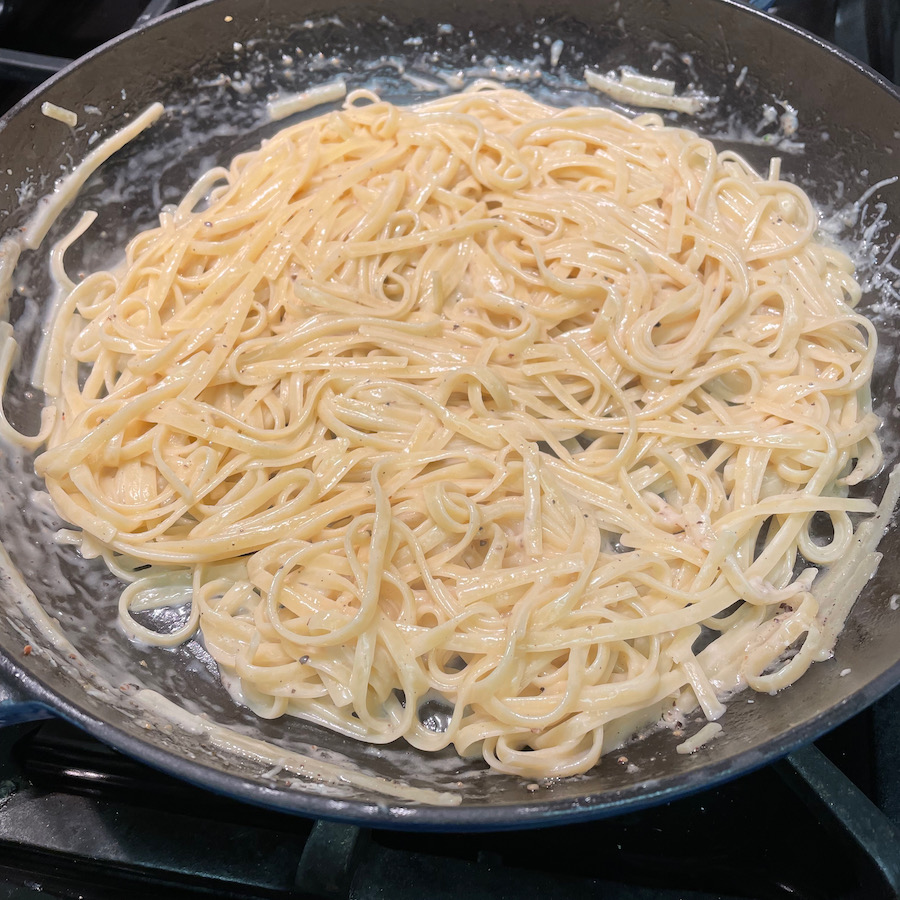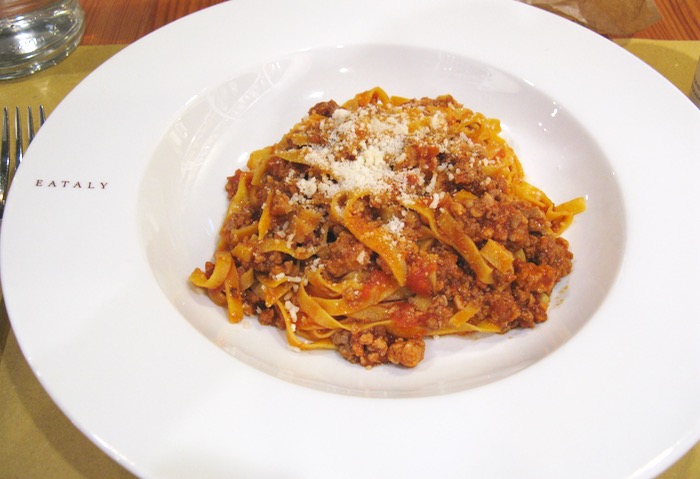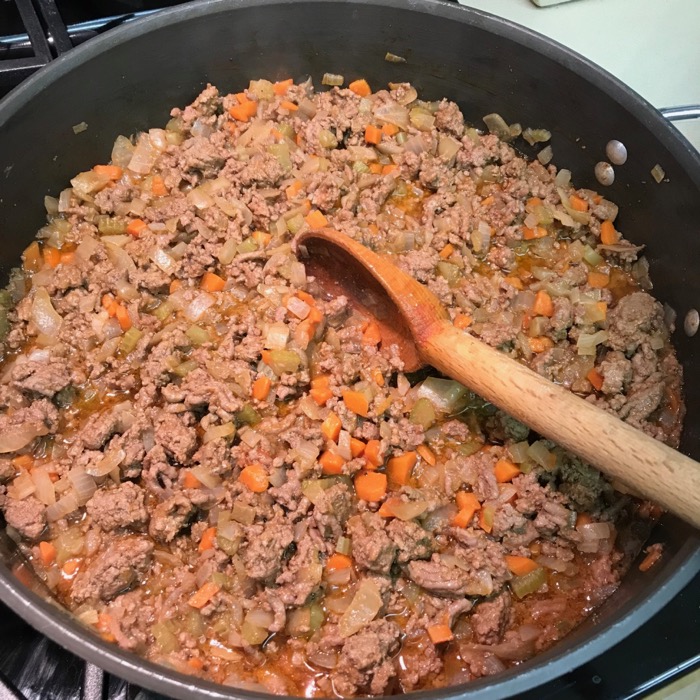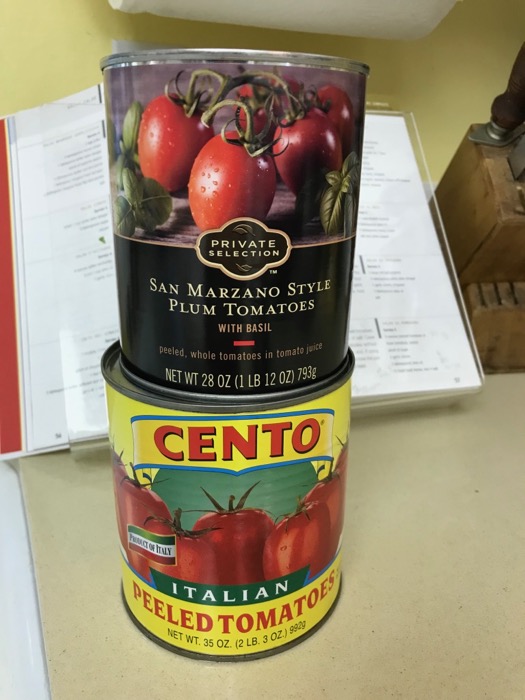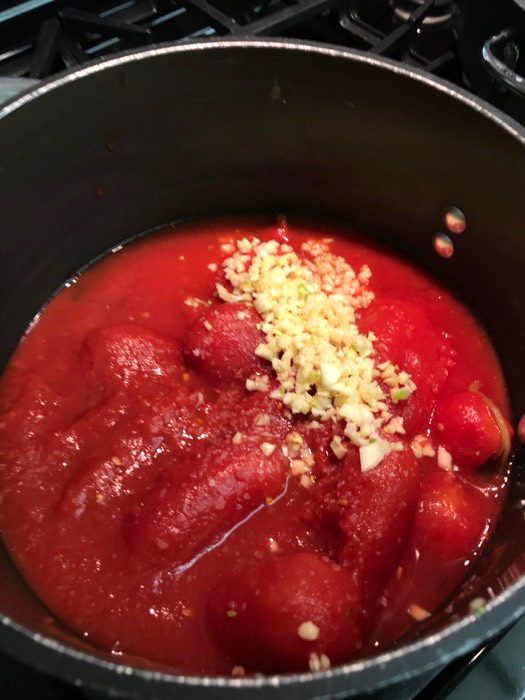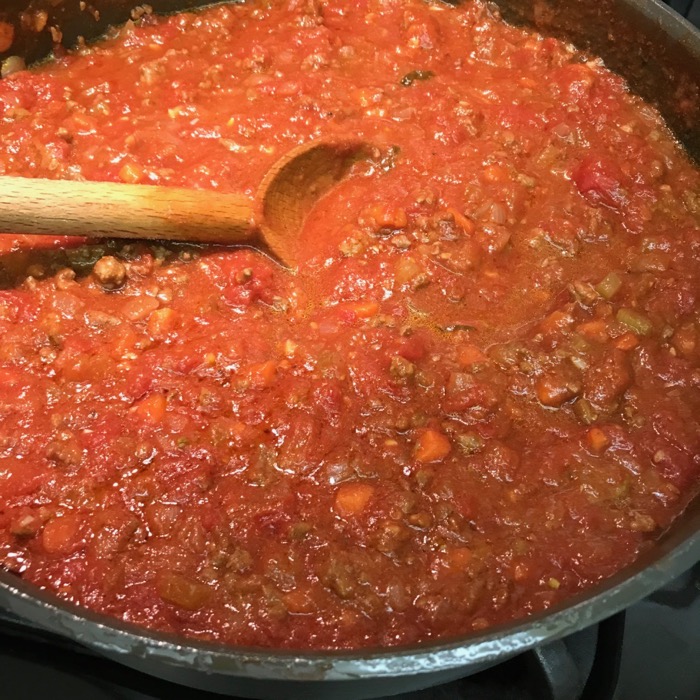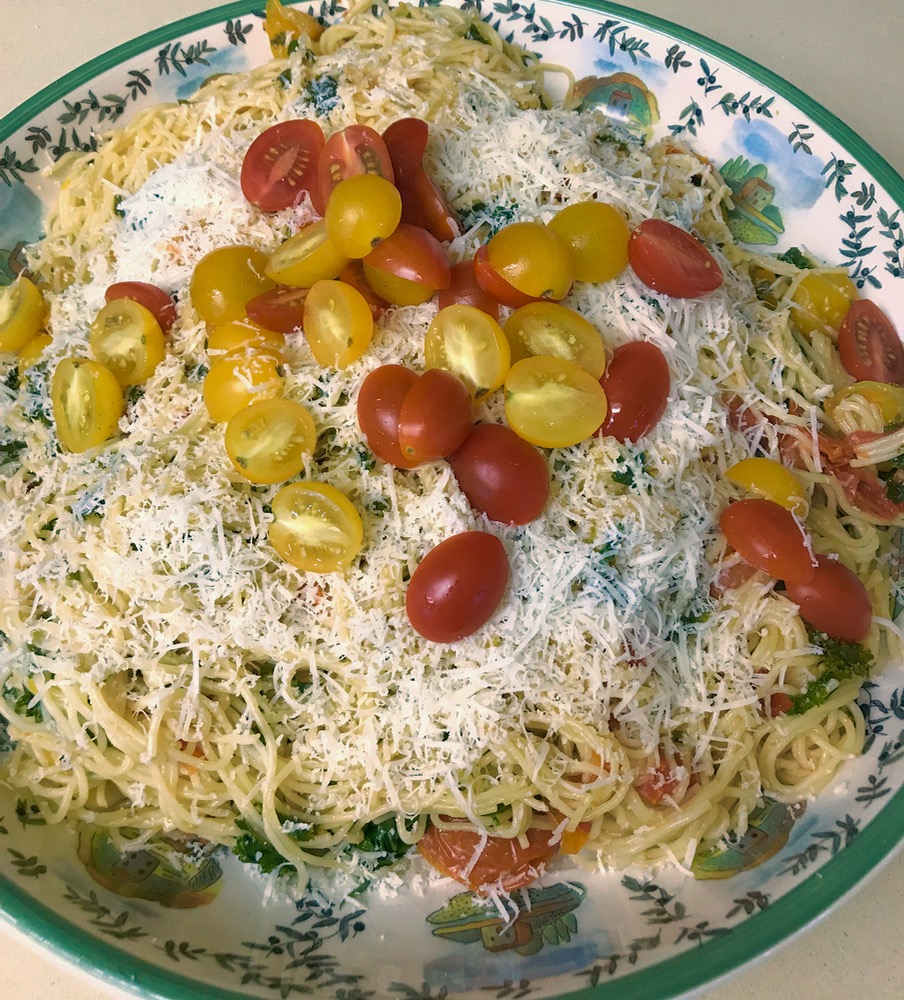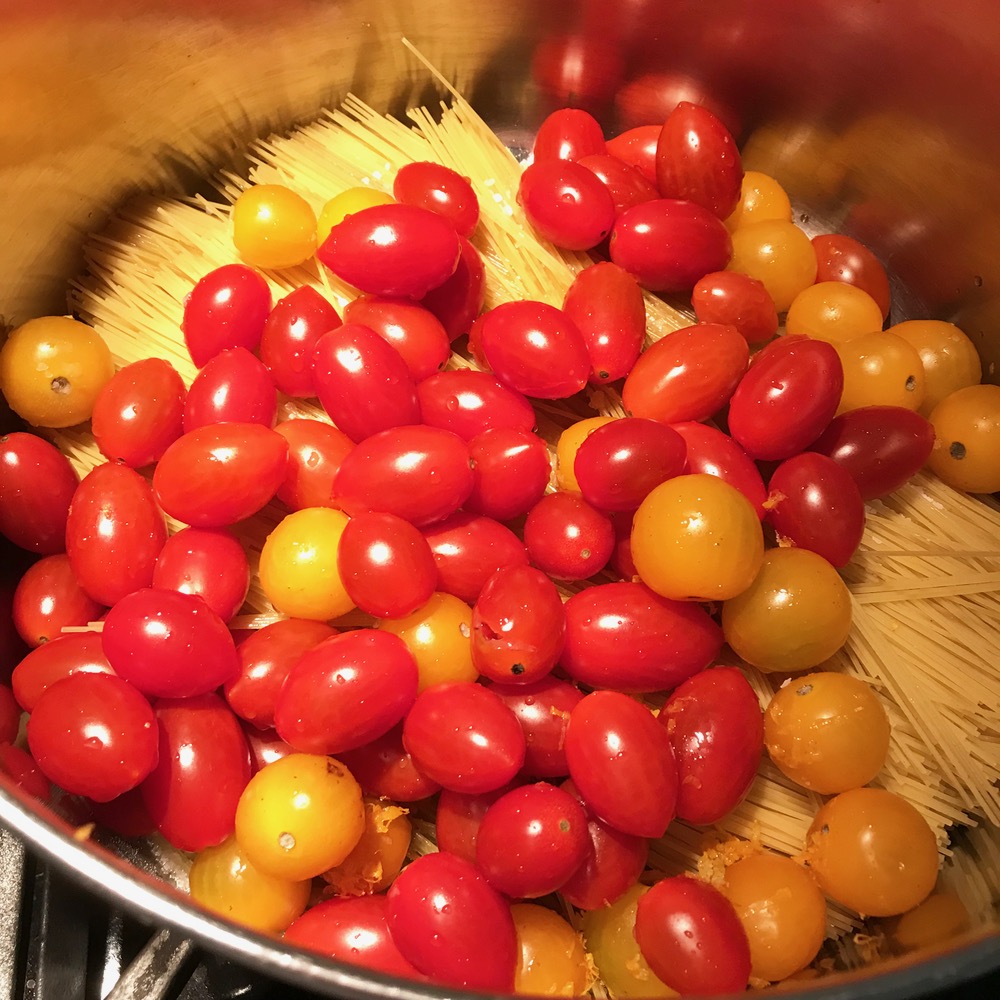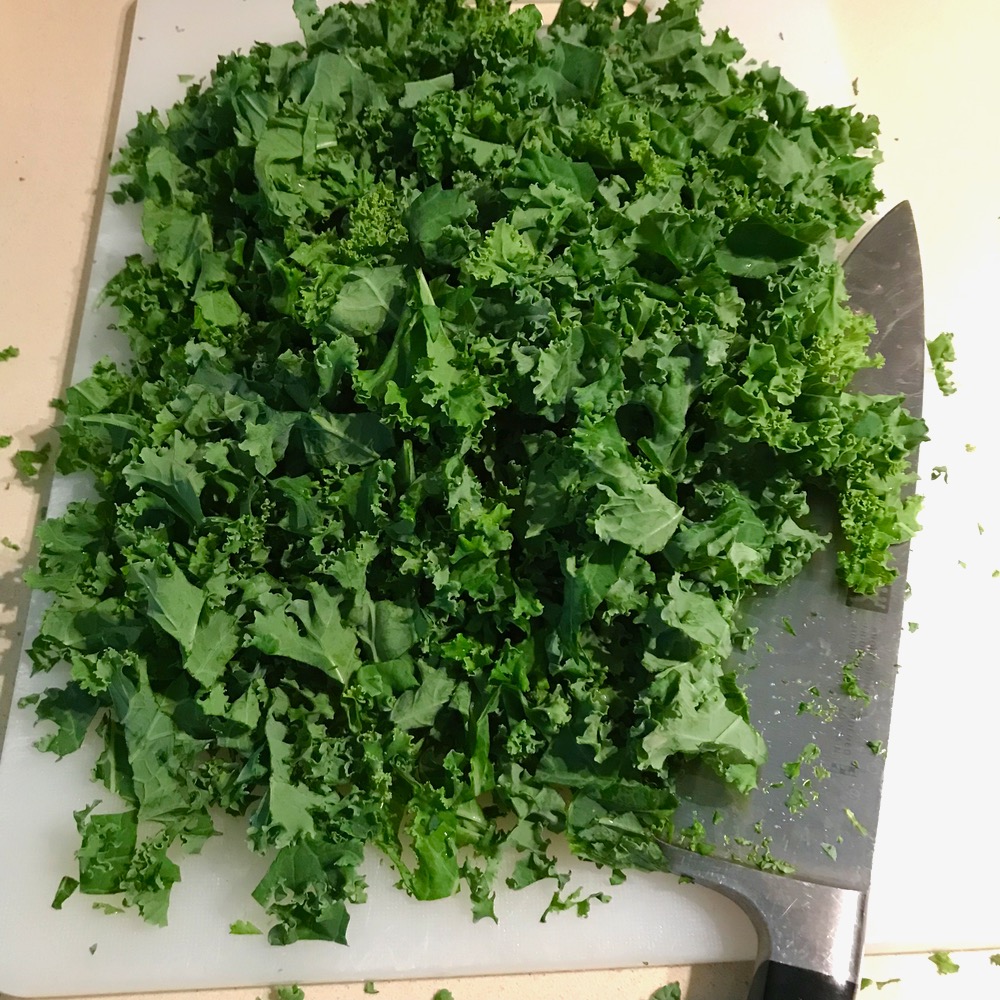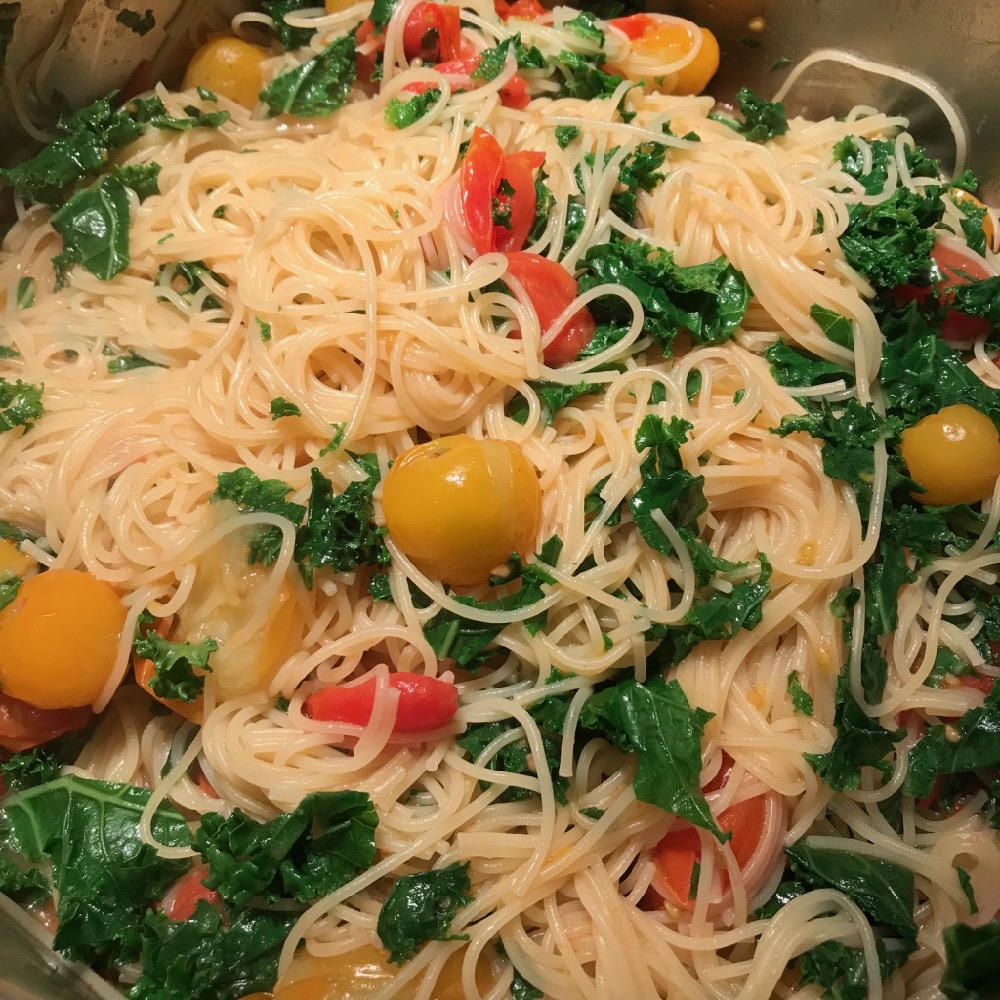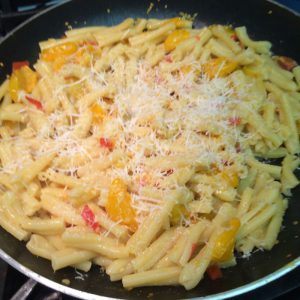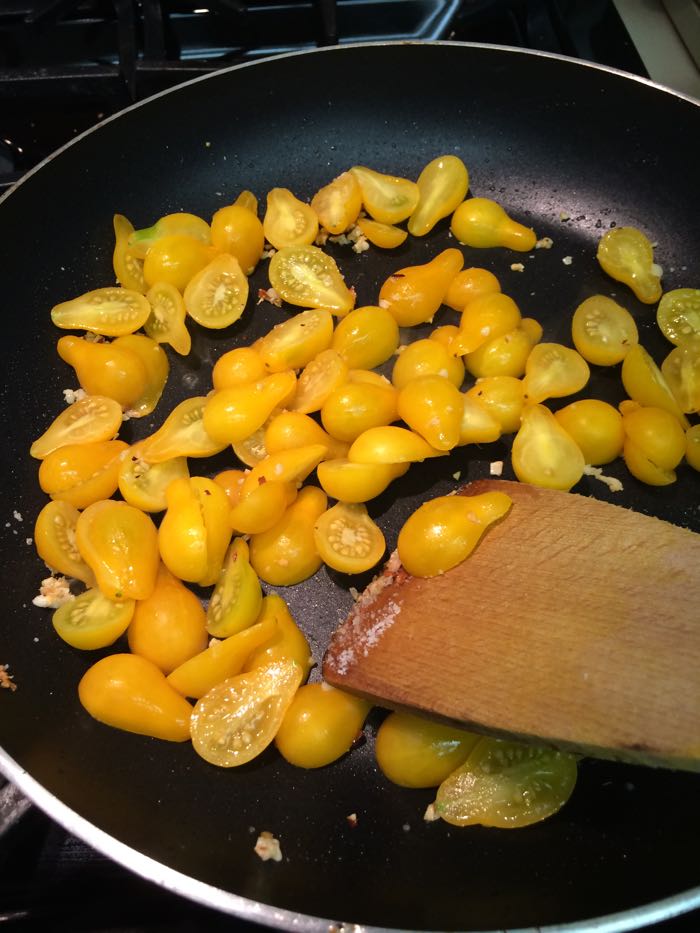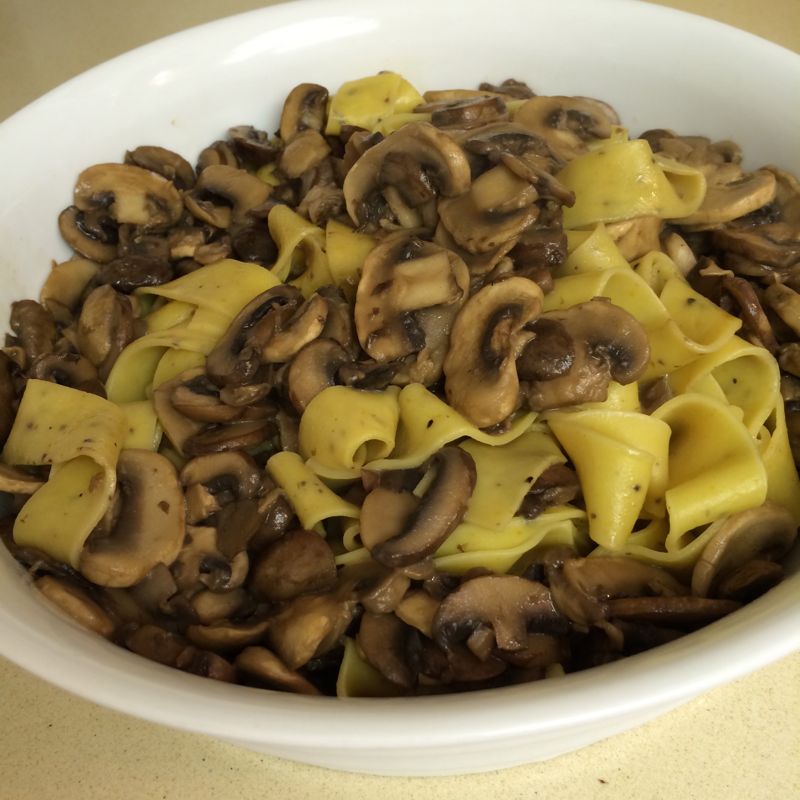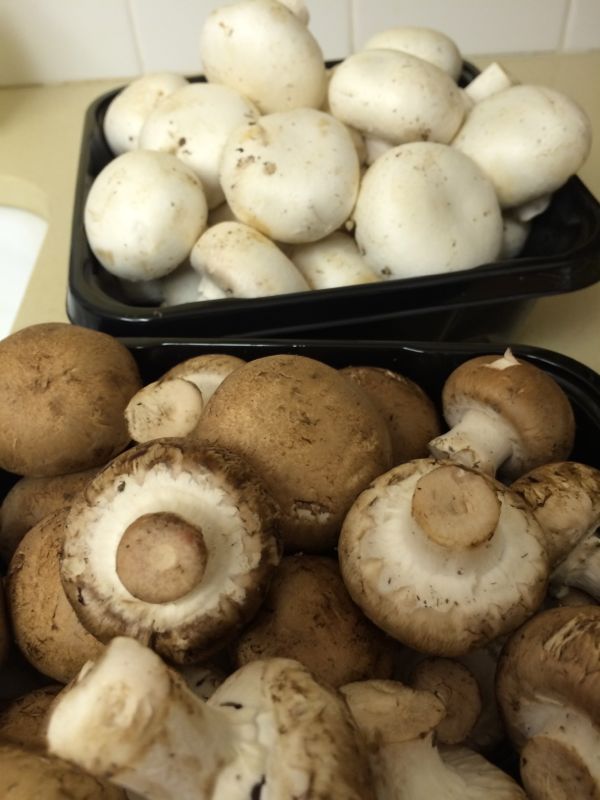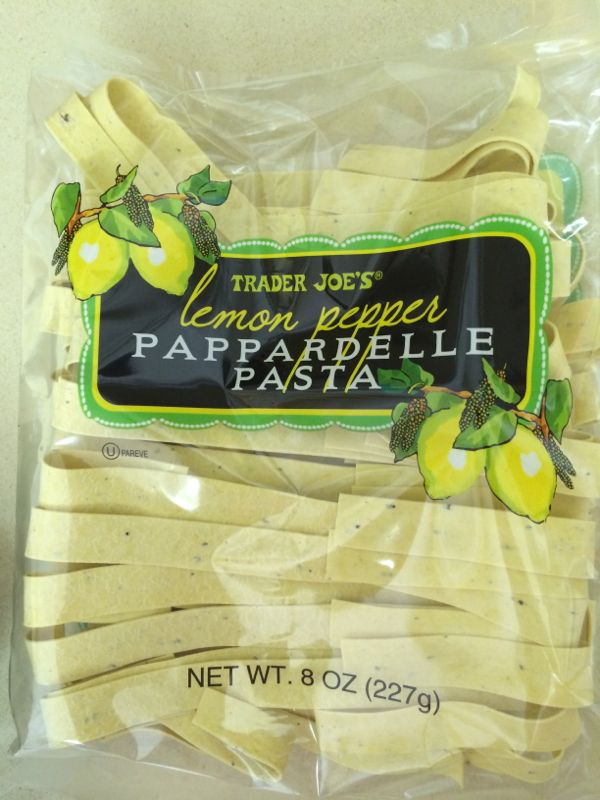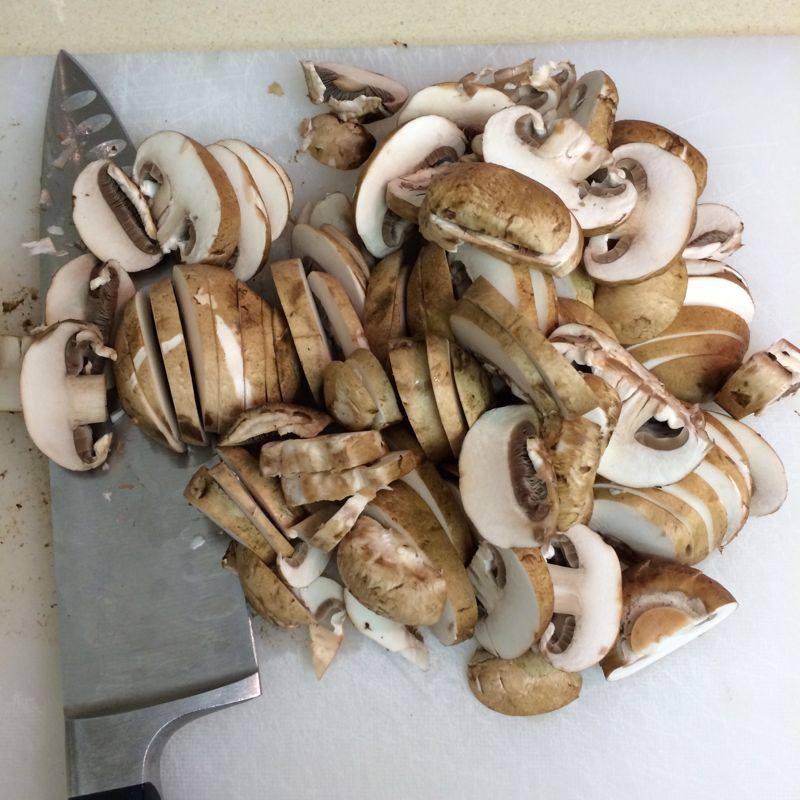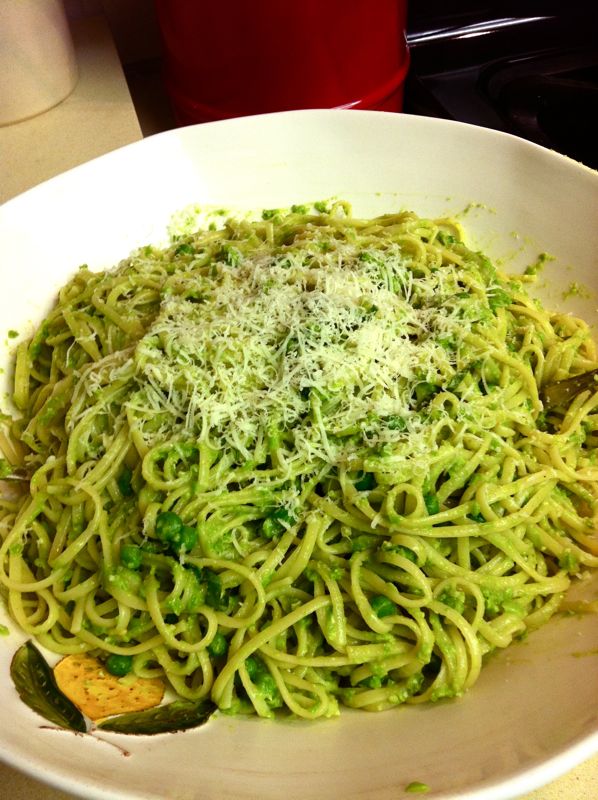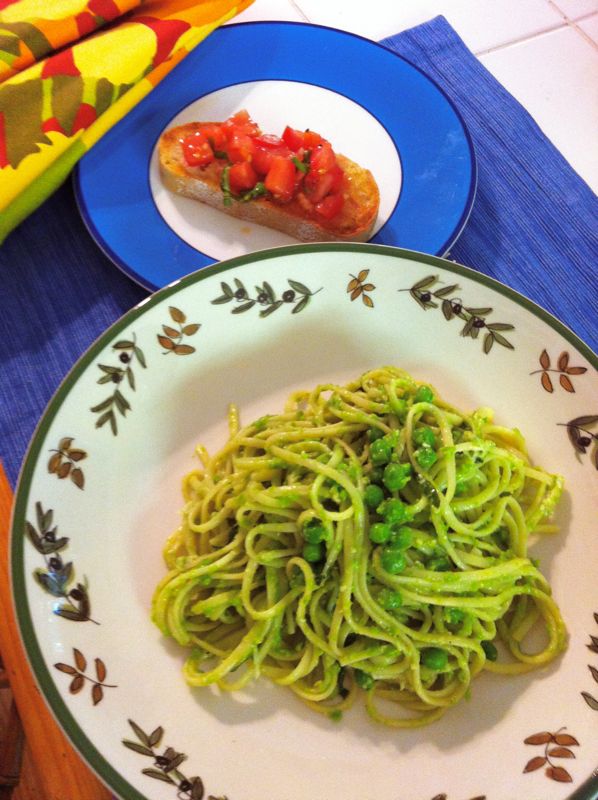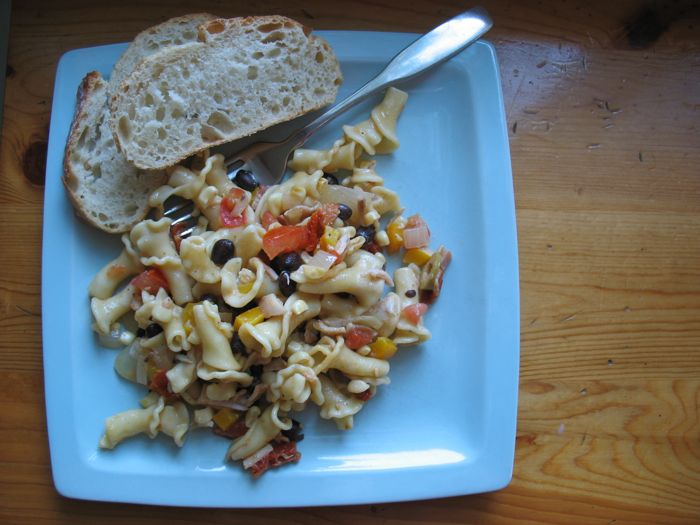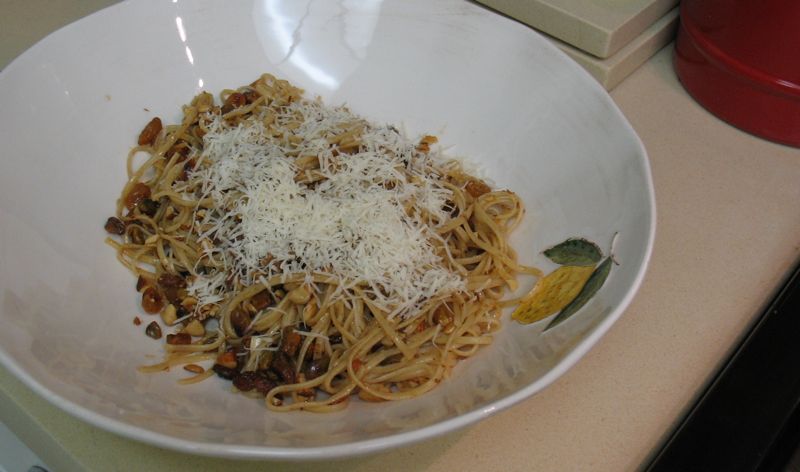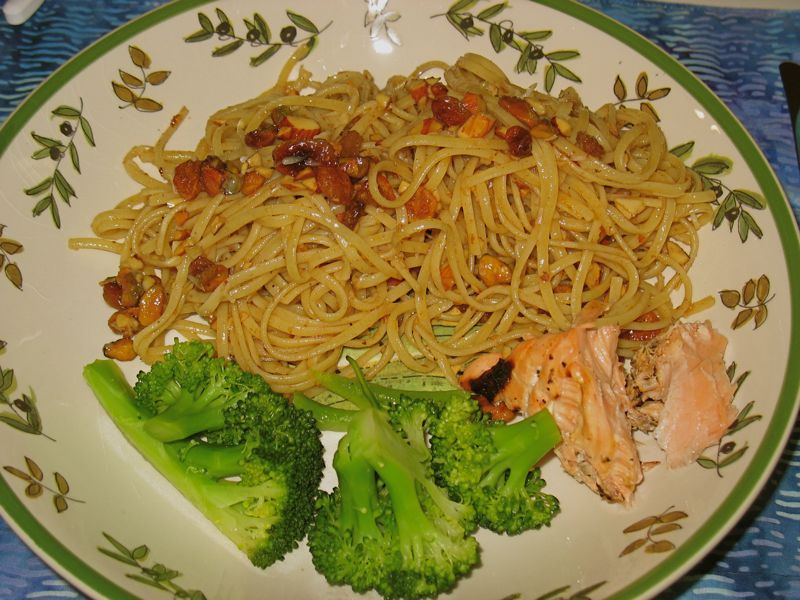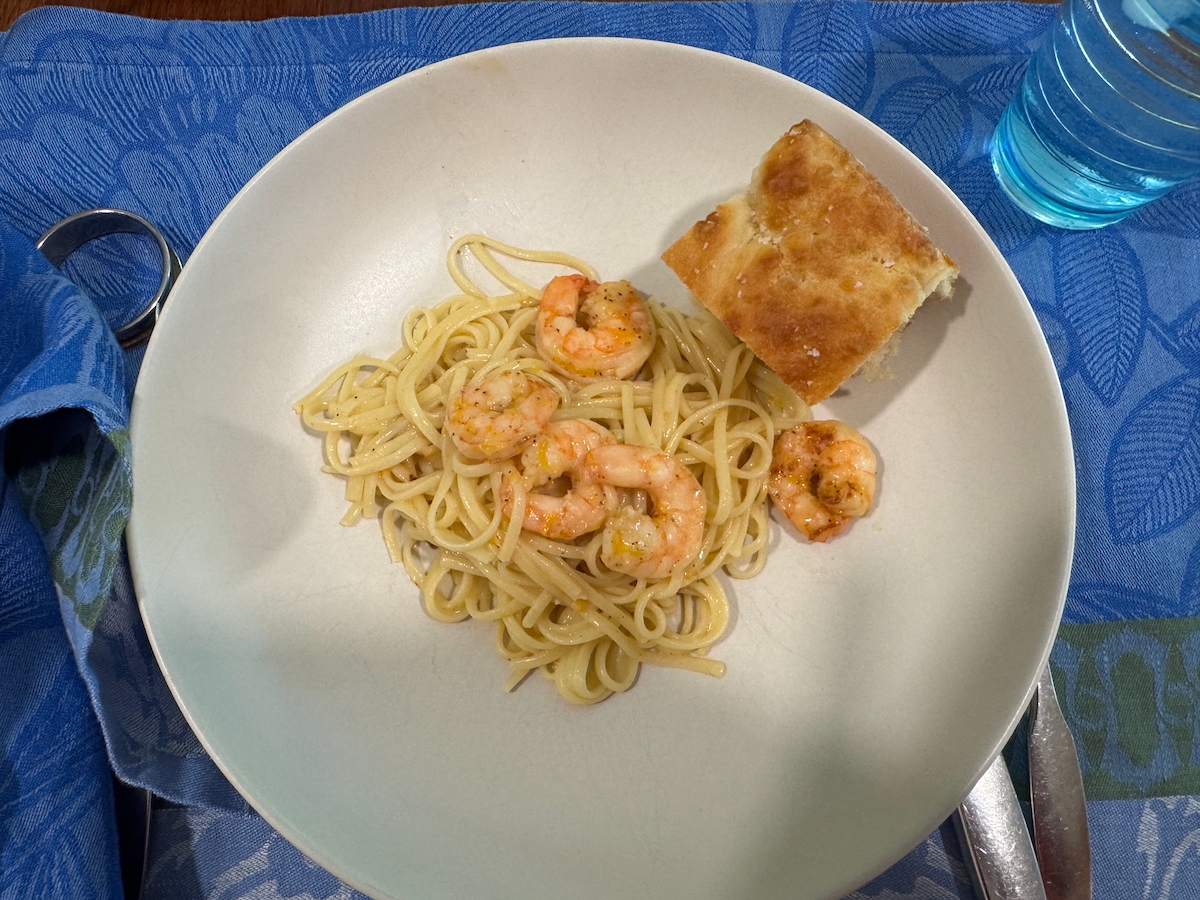
We originally found this recipe in the New York Times under a different title, but any recipe by Ali Slagle is worth trying. So we did and made multiple changes to suit the two of us. The pasta water is used as a sauce, and has a creamy texture. The lemon is in both the pasta, and the marinade for the shrimp. Once we were prepped up, it came together really quickly. This reminded me of my Cacio e Pepe dish, but with a lemony twist. Serves two people for two meals, or four at one time.
Ingredients for shrimp marinade:
- 12 ounces shrimp, size 31-40/lb.
- zest of one lemon
- 1-2 Tablespoons good quality olive oil
- 1/2 teaspoon salt
- 1/4 teaspoon pepper
- 1 clove garlic, peeled and grated
- 1/8 teaspoon red pepper flakes
Thaw the shrimp overnight in the refrigerator. Wash, and blot dry. Place the lemon zest, olive oil (start with 1 Tbs.), salt, pepper and red pepper flakes in a medium bowl and stir to combine. Add the shrimp; stir to coat evenly (add the extra tablspoon of olive oil if needed). Let rest at least 15 minutes.
Melt 2-3 Tablespoons in a medium skillet. Add the shrimp in a single layer, scraping out the remainder of the marinade into the pan. Turn the shrimp over when the edges are just turning pink, about 2-3 minutes. Cook on other side, removing those that are done first so they don’t overcook. When they are all cooked, remove the pan from the heat and put the shrimp back in until needed.
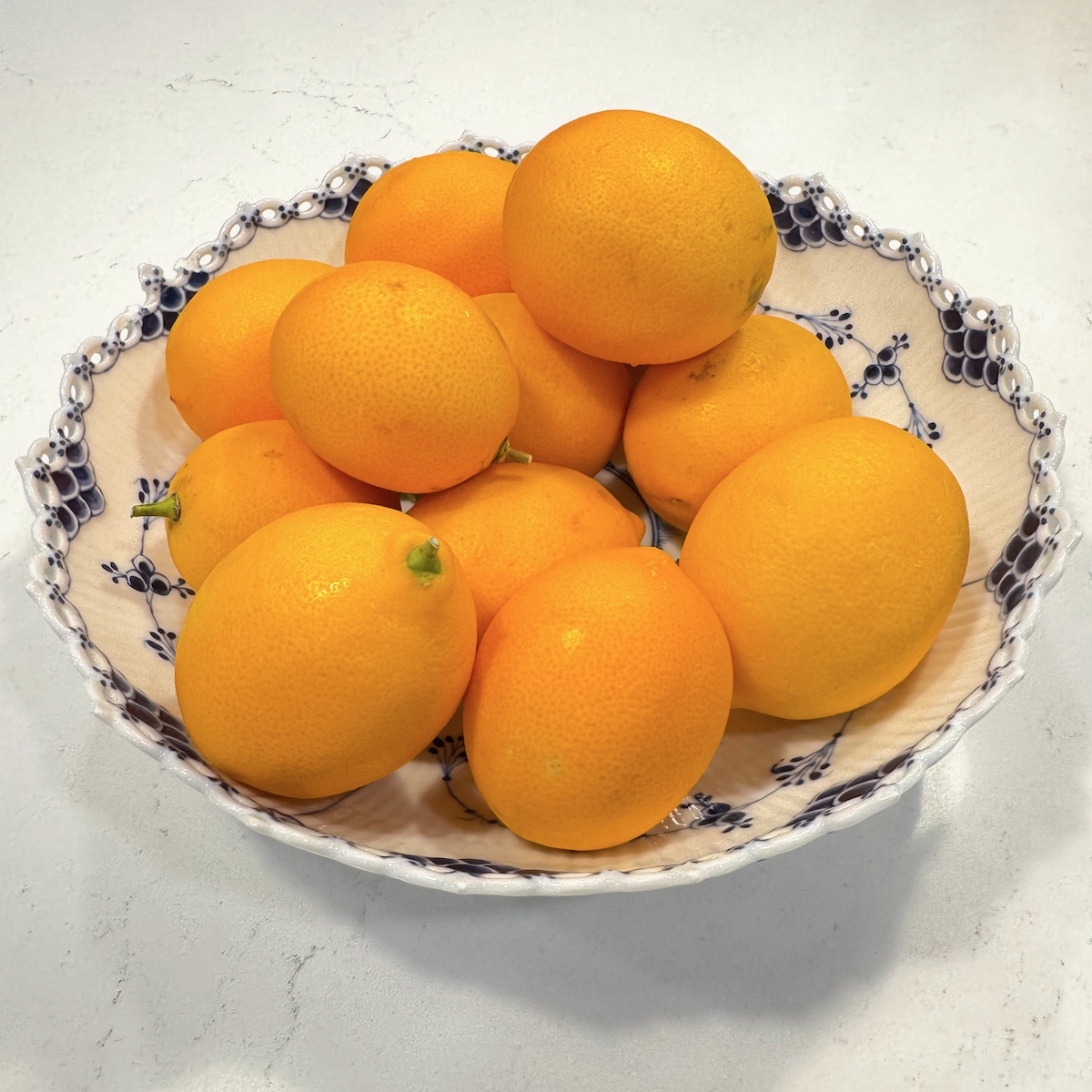
Ingredients for Pasta:
- 8 ounces linguine fini
- 4 Tablespoons butter
- 2 garlic cloves, peeled
- 1 large lemon
- Black pepper
Fill a large pot of water and bring to a boil. Toss in some salt, then bend in the linguine fini. Cook until al dente — No Longer! Pour out 2 cups of pasta water and reserve, then drain the pasta into a colander.
Dry out the pot, then place over low heat. Add the butter, and while it melts, grate in the garlic cloves. Stir and cook for 1-2 minutes. When the garlic is fragrant, grate the lemon zest into the pot and add a few grinds of the black pepper.
When the pepper sizzles, add 1 cup pasta water and the cooked pasta. Increase the heat to medium, and stir and toss the pasta vigorously so it starts to form a sauce. If the pasta looks a little dry, add more pasta water a tablespoon or two at a time (we used about another 1/4 cup).
After about another minute or two and when it looks shiny with a thick sauce, add the juice of a medium lemon (about 1/4 cup) and toss to combine. Add salt and pepper to taste.
Stir in the waiting shrimp. [I didn’t scrape the pan as there was enough seasoning clinging to the shrimp.] Toss.
We served it with fresh focaccia bread in order to fare la scarpetta which means to wipe up the last bit of sauce with a bite of bread.
(For this meal, Dave was the chef and I helped with the shrimp and focaccia.)
